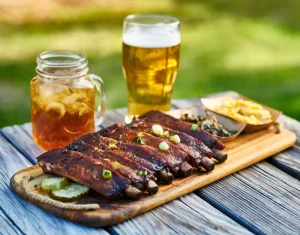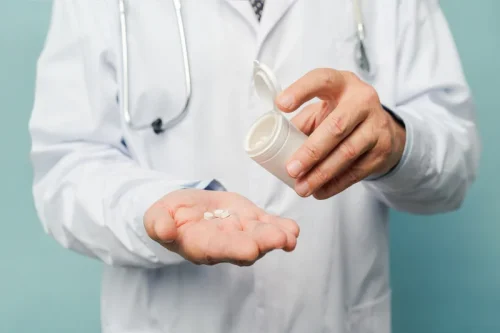Experts in addiction recovery believe that relapse is a process that occurs somewhat gradually; it can begin weeks or months before picking up a drink or a drug. Moreover, it occurs in identifiable abstinence violation effect stages, and identifying the stages can help people take action to prevent full-on relapse. After a period of success in your recovery, you may think you can control your drug or alcohol use again.
- Phasic responses include cognitive and affective processes that can fluctuate across time and contexts–such as urges/cravings, mood, or transient changes in outcome expectancies, self-efficacy, or motivation.
- Moreover, it occurs in identifiable stages, and identifying the stages can help people take action to prevent full-on relapse.
- As the foregoing review suggests, validation of the reformulated RP model will likely progress slowly at first because researchers are only beginning to evaluate dynamic relapse processes.
- In the face of a craving, it is possible to outsmart it by negotiating with yourself a delay in use.
- One is to help clients identify warning signs such as on-going stress, seemingly irrelevant decisions and significant positive outcome expectancies with the substance so that they can avoid the high-risk situation.
Abstinence Violation Effect: How Does Relapse Impact Recovery?
Self-care helps minimize stress—important because the experience of stress often encourages those in recovery to glamorize past substance use and think about it longingly. The conscious thought may become that the only way you can cope with your current situation is by taking drugs or alcohol. Unconscious cravings may turn into the conscious thought that the drug or alcohol is all you need to cope.

Cognitive Dissonance
Approach coping may involve attempts to accept, confront, or reframe as a means of coping, whereas avoidance coping may include distraction from cues or engaging in other activities. Approach oriented participants may see themselves as more responsible for their actions, including lapse, while avoidance-based coping may focus more on their environment than on their own actions14. Another example is Taylor, who has been doing a wonderful job taking walks and engaging in healthier eating. Taylor uses an app to watch her intake of calorie limit and does see positive outcomes to her new lifestyle. One night, she craves pizza and wings, orders out, and goes over her calories for the day.
Balanced lifestyle and Positive addiction

It is hoped that more severely mentally ill people will obtain life-saving treatment and pathways to better housing. But sometimes people don’t even realize they took fentanyl in counterfeit Adderall or Xanax pills or while smoking meth. If you are at a gathering where provocation arises because alcohol or other substances are available, leave.
- However, these groups’ momentary ratings diverged significantly at high levels of urges and negative affect, such that those with low baseline SE had large drops in momentary SE in the face of increasingly challenging situations.
- Based on activation patterns in several cortical regions they were able to correctly identify 17 of 18 participants who relapsed and 20 of 22 who did not.
- Shiffman and colleagues describe stress coping where substance use is viewed as a coping response to life stress that can function to reduce negative affect or increase positive affect.
- However, among individuals with severe SUD and high-risk drug or alcohol use, the urgency of reducing substance-related harms presents a compelling argument for engaging these individuals in harm reduction-oriented treatment and interventions.
- Positive social support is highly predictive of long-term abstinence rates across several addictive behaviours.
Relapse prevention for addictive behaviors
Rather, when people with SUD are surveyed about reasons they are not in treatment, not being ready to stop using substances is consistently the top reason cited, even among individuals who perceive a need for treatment (SAMHSA, 2018, 2019a). Indeed, about 95% of people with SUD say they do not need SUD treatment (SAMHSA, 2019a). Even among those who do perceive a need for treatment, less than half (40%) make any effort to get it (SAMHSA, 2019a).
- In its original form, RP aims to reduce risk of relapse by teaching participants cognitive and behavioral skills for coping in high-risk situations (Marlatt & Gordon, 1985).
- Important features common to these groups include low program barriers (e.g., drop-in groups, few rules) and inclusiveness of clients with difficult presentations (Little & Franskoviak, 2010).
- Expectancy research has recently started examining the influences of implicit cognitive processes, generally defined as those operating automatically or outside conscious awareness [54,55].
- Clients are taught to reframe their perception of lapses, to view them not as failures but as key learning opportunities resulting from an interaction between various relapse determinants, both of which can be modified in the future.
Normalize Relapse

Relapse Prevention And Ongoing Treatment At Bedrock
- Nevertheless, these studies were useful in identifying limitations and qualifications of the RP taxonomy and generated valuable suggestions [121].
- Rather, remember that relapse is a natural part of the journey and an opportunity for growth.
Emotional Relapse
